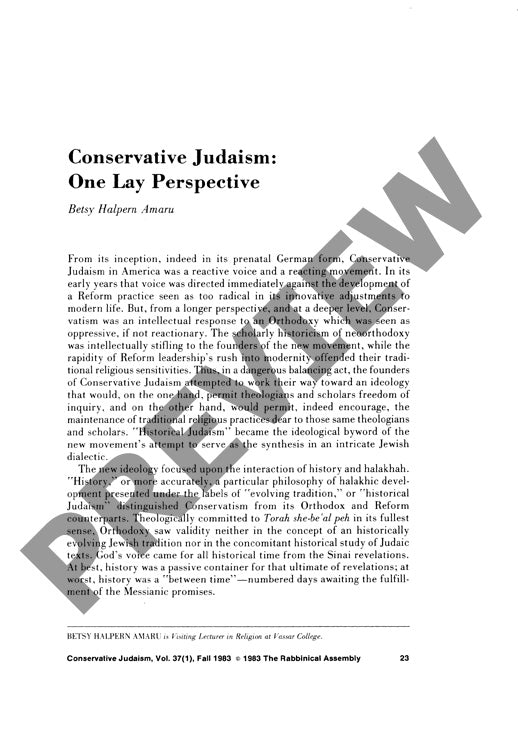Conservative Judaism One Lay Perspective
Couldn't load pickup availability
Conservative Judaism emerged as a "middle way" between Orthodox rigidity and Reform radicalism, yet its promise of harmoniously balancing tradition with modernity has largely gone unfulfilled. Founded on Solomon Schechter's concept of "Catholic Israel" and the ideology of "Historical Judaism," the movement initially sought to merge scholarly freedom with traditional religious practice through the interaction of history and halakhah. However, a persistent reluctance to develop systematic theology, combined with growing anti-intellectual tendencies and inadequate educational frameworks, has undermined these foundational principles. Historical analysis reveals how immigrant communities initially embraced Conservative Judaism as a bridge between old country traditions and American assimilation, but the increasing delegation of religious authority to lay leadership has progressively divorced practice from ideology. The movement's inability to maintain its distinctive theological position has resulted in two divergent trends: congregational individualism that mirrors Reform Judaism, or a form of historical relativism detached from meaningful Jewish relevance. This examination of Conservative Judaism's ideological foundations and practical evolution, viewed through a lay perspective, demonstrates how social and economic pressures have eroded the movement's original vision of evolving tradition guided by scholarly interpretation.

More Information
-
Physical Description
-
Publication Information
Published 1983
ISBN
-
Publication Credits
Betsy Amaru

